St Fillans Tunnel
St Fillans Tunnel
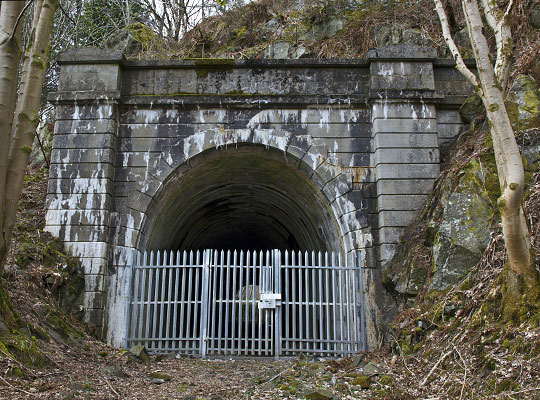
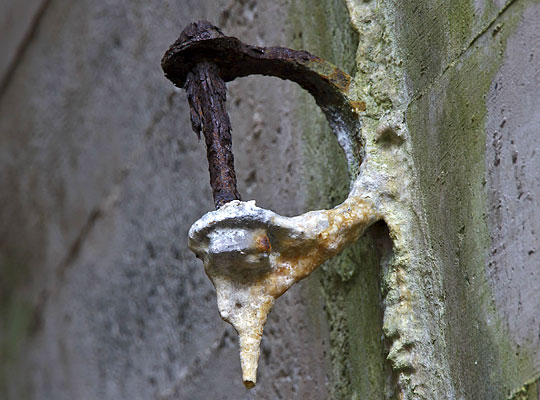
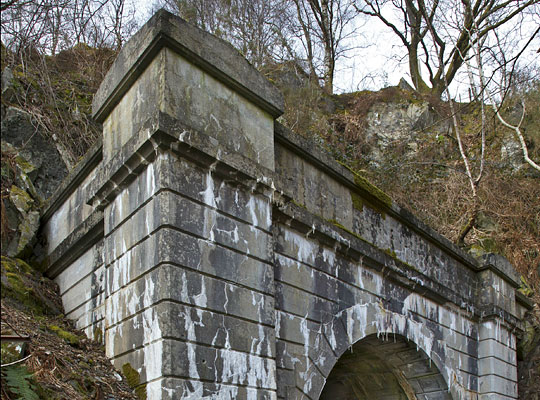
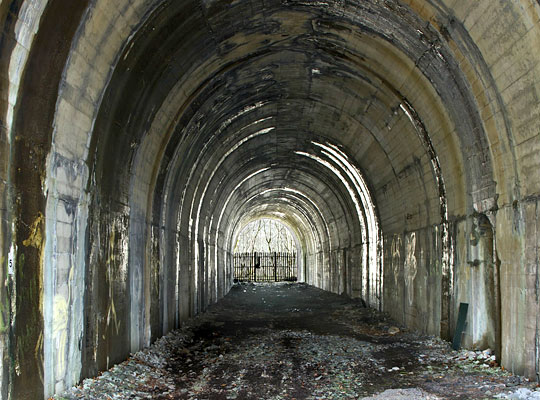
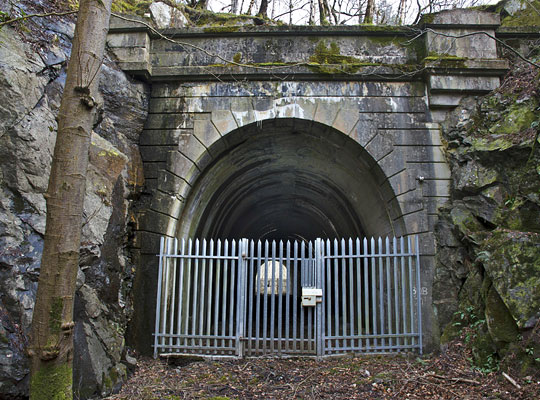
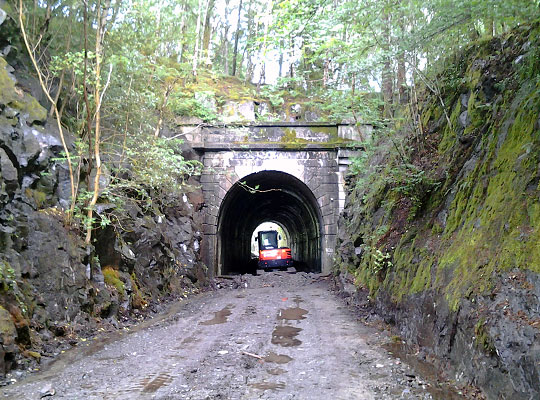
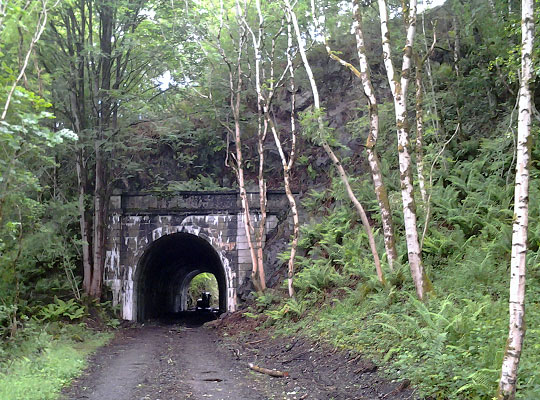
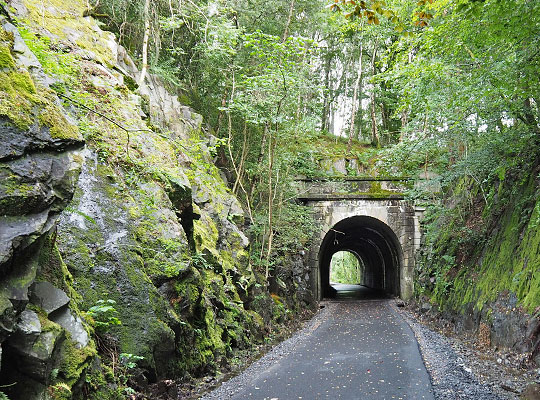








To close the 15-mile missing link in the rail network between Comrie and the Callander-Oban line at Lochearnhead, a company was formed to construct a railway along the Strathearn valley. It was intended to create a strategic artery for goods bound for cities on Scotland’s east side, but promoters also had an eye on its considerable tourism potential, blessed by the glorious landscape thereabouts.
The Lochearnhead, St Fillans and Comrie Railway (LSF&CR) obtained Parliamentary approval in August 1897, with a share capital of £165,000, half of which came from the Caledonian Railway. Construction was initially delayed by fundraising difficulties and it was therefore decided to split the scheme into two parts, the first of which connected Comrie to St Fillans. Mr Ross Rae served as resident engineer whilst Mr Paton secured the contract to build it. A formal opening ceremony took place on 12th September 1901, although services were not introduced for a further three weeks.
The LSF&CR had no money left to extend the line so, in May 1901, the Caledonian reluctantly agreed to buy the company and take over construction responsibilities, appointing Glasgow’s John Paton & Co as contractor for the remaining section to Lochearnhead at a cost of £113,000. However the unfortunate man caught a chill and passed away in late January 1902, greatly impacting on progress. William Duncan was subsequently asked to resume the works; by the time of completion, the cost had risen to £170,000.
On 29th April 1904, a banquet was held at Comrie’s Ancaster Hotel in honour of those responsible for the line’s successful delivery. A special train carried Colonel Yorke for his Board of Trade inspection on 27th June, accompanied by Messrs Crouch & Hogg from Glasgow, the engineers. Passenger traffic started running to/for Lochearnhead on 1st July and goods trains on 18th. The through route to Balquhidder on the Callandar-Oban line was opened in May 1905.
The sparse population, decline in tourism and advent of buses conspired to bring closure to the section of line west of Comrie on 1st October 1951, after a brief operational life of just 50 years. However occasional use was made of it during the winter of 1953/4, bringing materials for the Glen Lednock hydro-electric scheme. The track was eventually lifted in 1959.
Above St Fillans, a tunnel of 62 yards had to be driven through the hillside. The geology proved so good that no supporting timbers were needed during its excavation. In 1901, a local newspaper described “the blowing up rocks is reminiscent of a volcano, without any of its dangers or troublesome accompaniments, for as yet the blasting has done nothing save frighten some of the dogs about the place”.
Many of the route’s structures – including the tunnel – were built using in-situ concrete due to the lack of any other suitable materials in the district. On its eastern approach, the railway was accommodated on a ledge high above the Loch. The portal is pushed out from a spur of rock, its design elegantly executed to give the appearance of coursed masonry, with voussoirs, string course, parapet and copings; however the concrete is now extensively stained.
The tunnel itself follows a slight curve to the north and suffers from ingressing water at the crown. The sidewalls are vertical and, on the south side, host a series of brackets above springing level, together with three refuges. Two further refuges are found on the opposite side.
The west portal is pushed into a rock cutting and shares similar features to its eastern sibling.
Despite its benign nature, the tunnel was fenced off prior to its incorporation within Phase 3 of the Loch Earn Railway Path Project which was officially opened on 3rd November 2017. Work is underway to extend the route westwards towards Lochearnhead.








